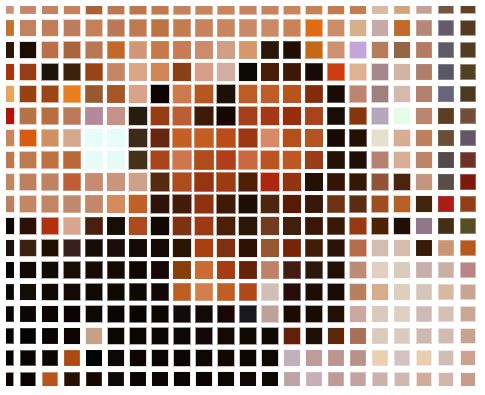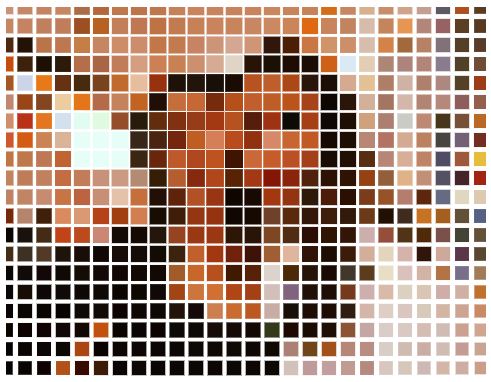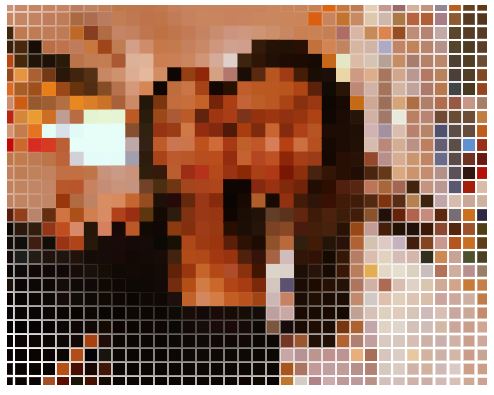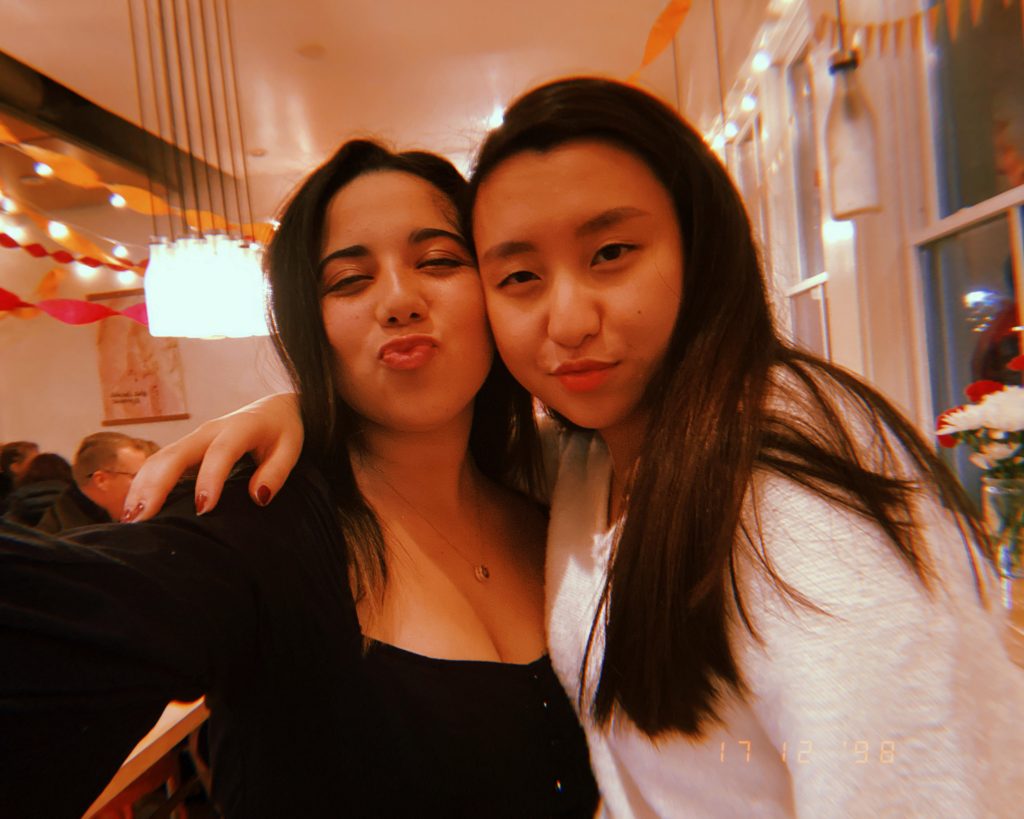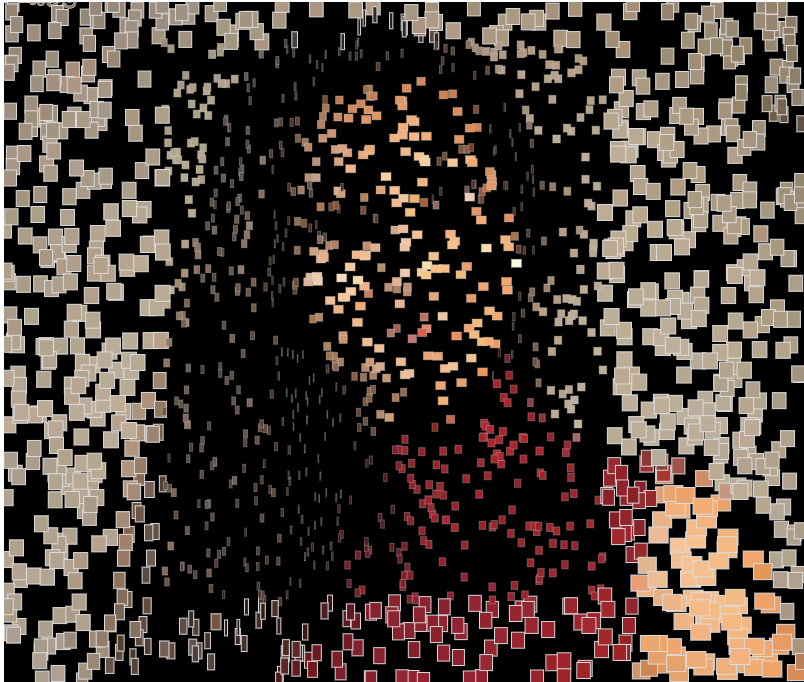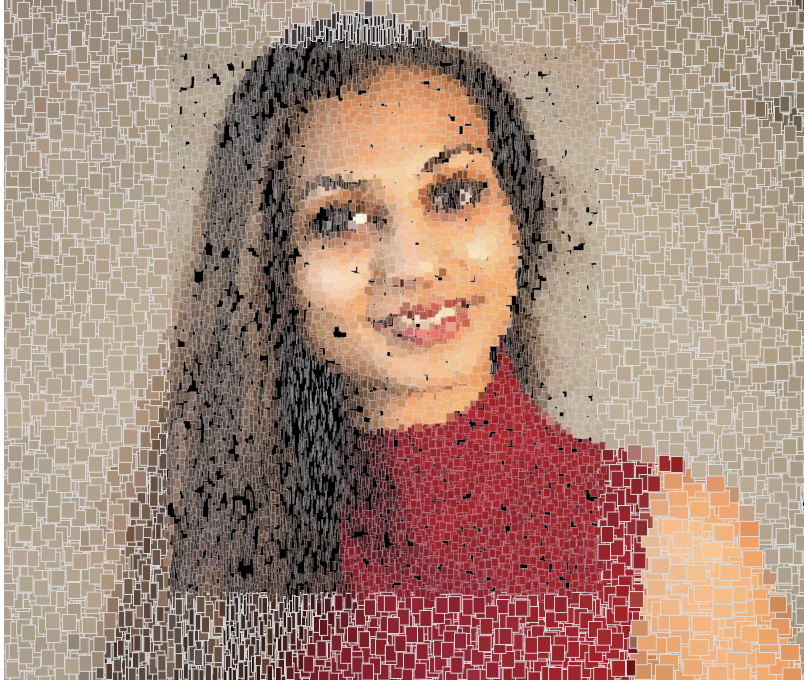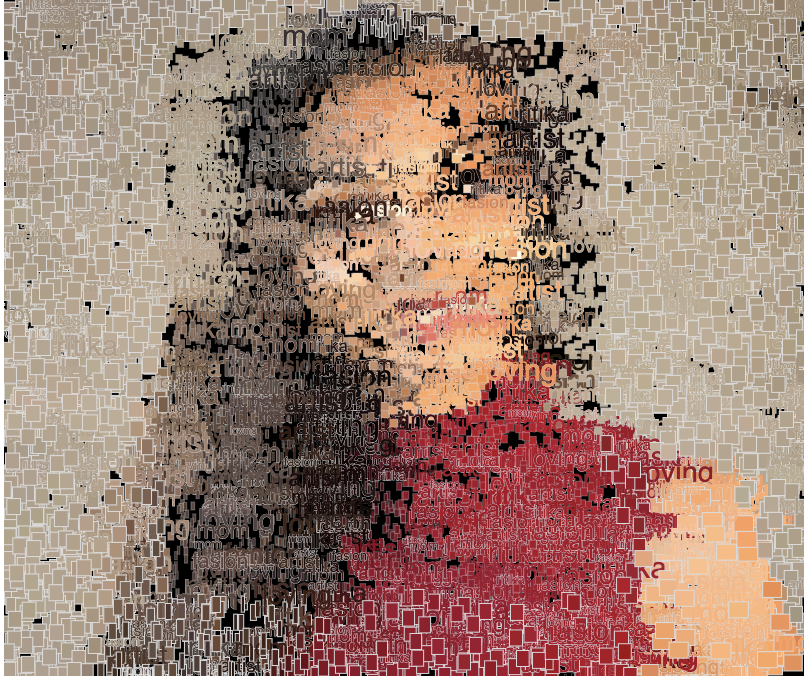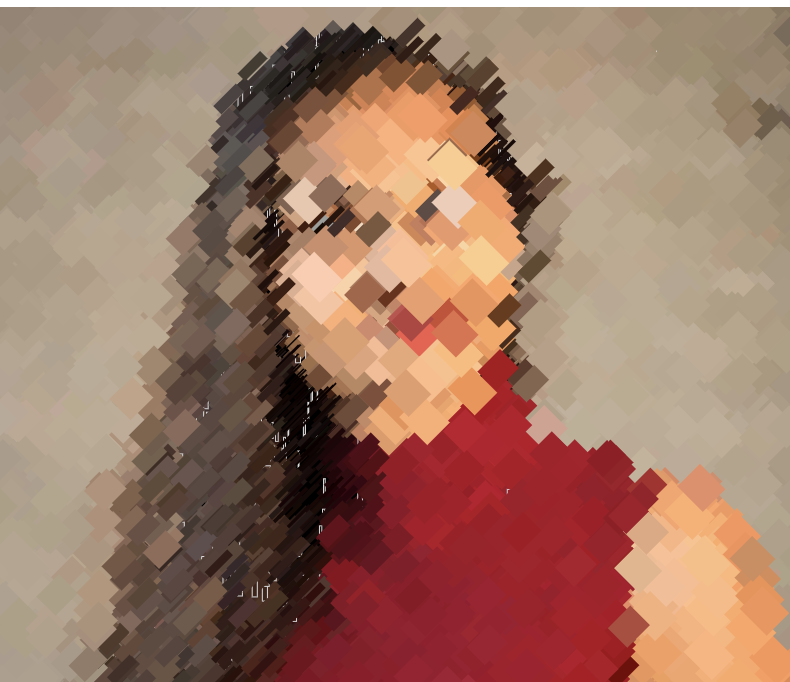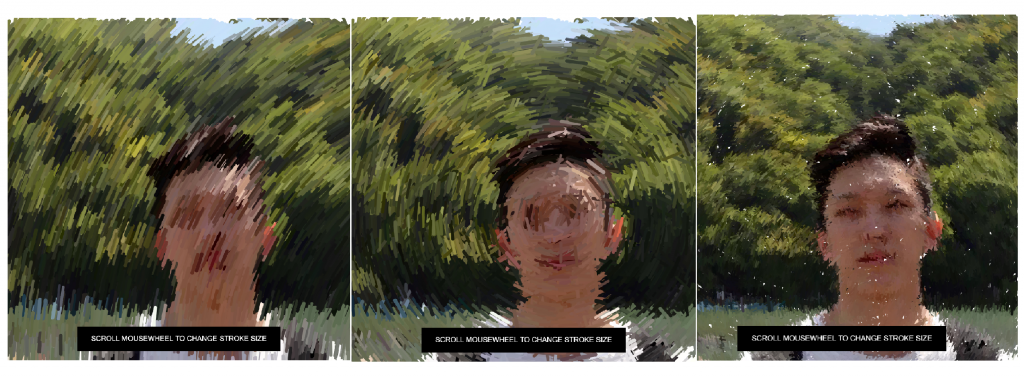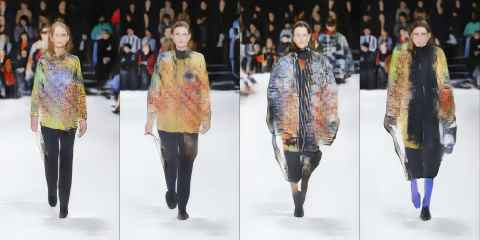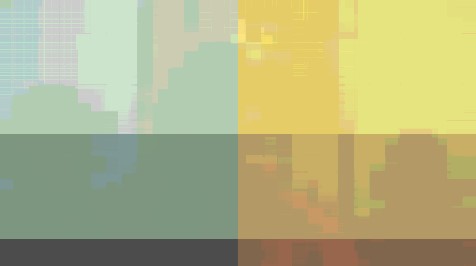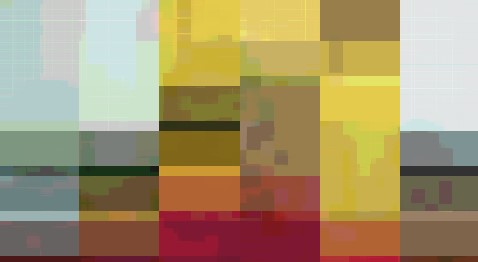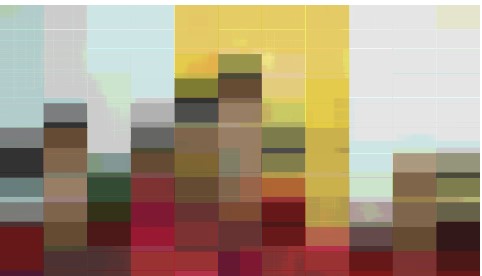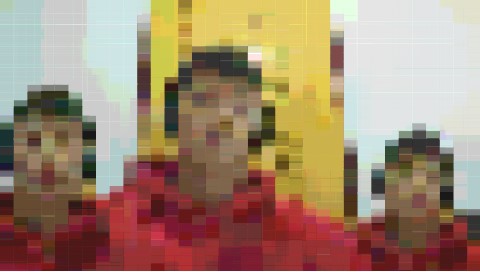The project is an animation commercial for Nike’s Air Max sneaker by ManvsMachine with stimulating visual elements. ManvsMachine uses Cinema 4D ( a competent 3D suite program)to create motion graphic which is more eye catching than 2D graphics. I agree with Graana that this project is successful on playing with different textures and lighting to demonstrate lightness and airiness of the product.
While fashion editorial have championed extremely tangible imagery, ManvsMachine achieves a different effect in this work which is more conceptual and abstract. By animate morphing objects and diffusing colors, the campaign video is able to visualize the product with a more painterly approach that also leave imagination to the customer.
In many levels, the project is an artistic approach to demonstrate both aesthetics and functions of the product.
Artist Website: https://mvsm.com/project/air-max
Graana Khan’s Looking Outwards-05 post, October 05,2020
https://courses.ideate.cmu.edu/15-104/f2020/2020/10/03/looking-outwards-05-5/
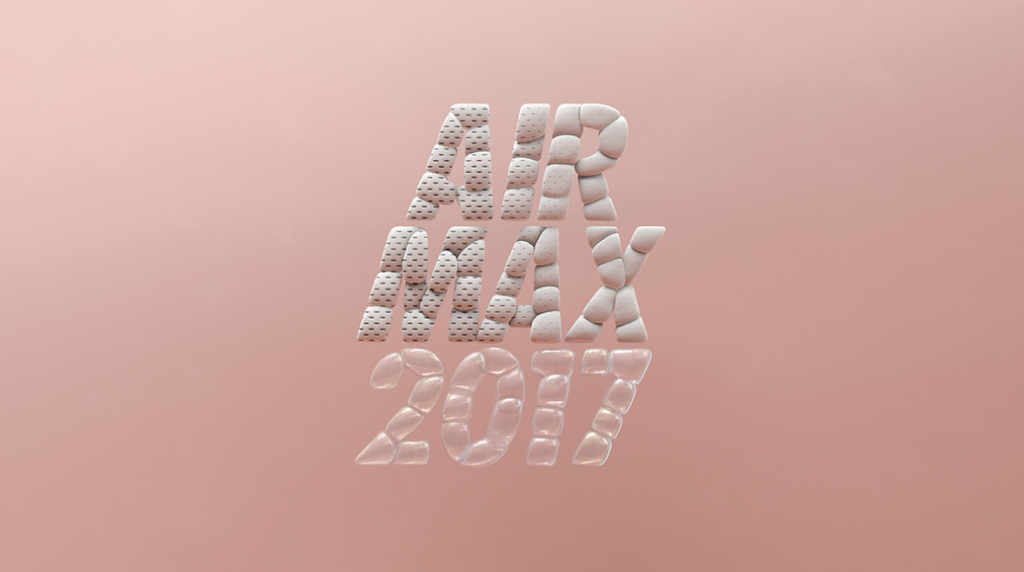
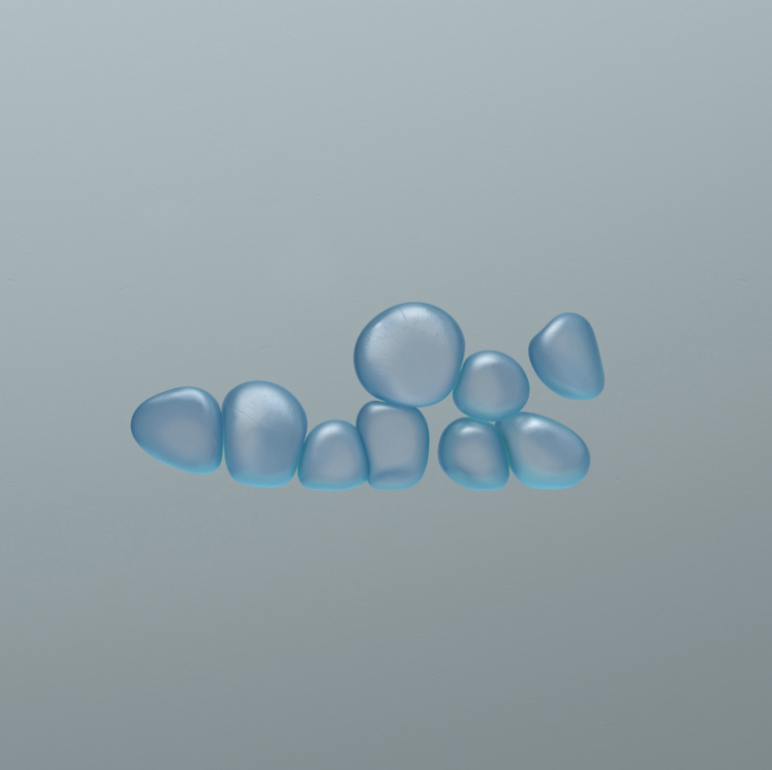
![[OLD FALL 2020] 15-104 • Introduction to Computing for Creative Practice](../../../../wp-content/uploads/2021/09/stop-banner.png)
